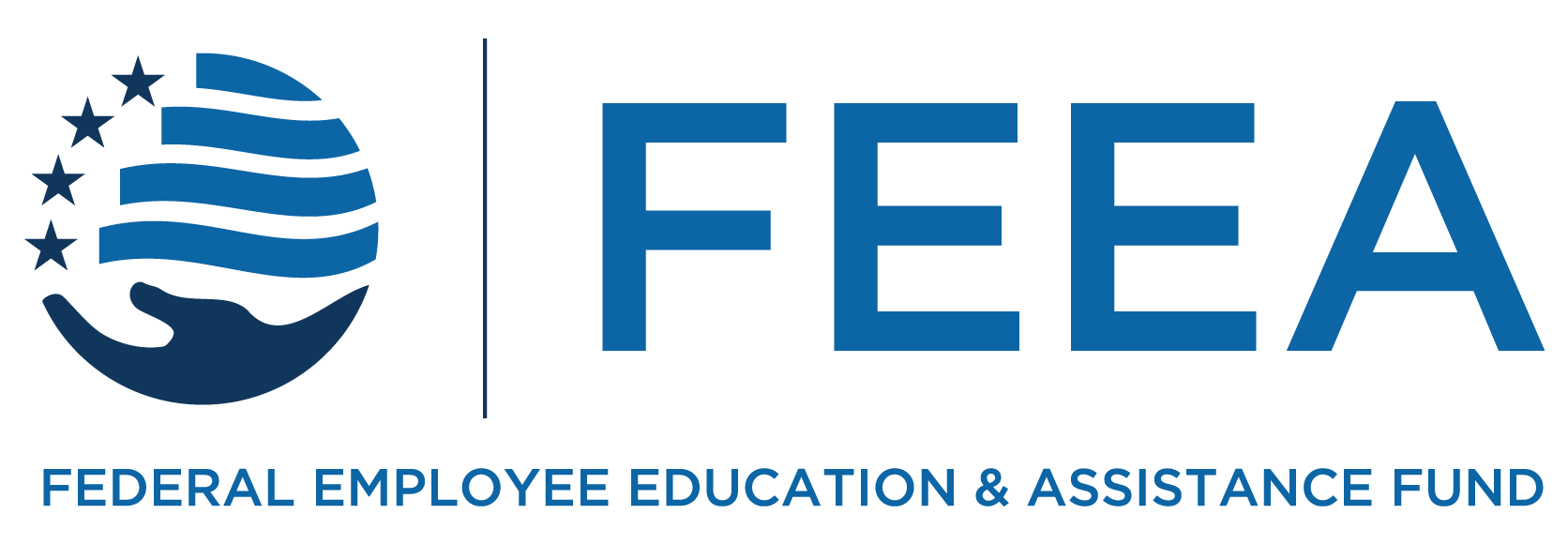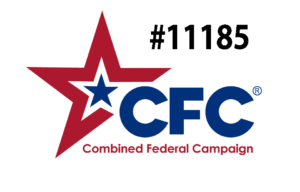by Joyce Warner FEEA & Vince Villanueva of WAEPA’s Ernst & Young Financial Wellness Program Partnership
FEDLIFEHACKS Understanding College Aid Letters
[Video Start]
[Video presented with written slides in English]
[music]
[FEEA #FEDLIFEHACKS logo with a light bulb at the top encased by a blue box.]
[An image of file folders with tabs labeled “Loans,” “Scholarships,” “Grants,” and “Work Study”]
Understanding College Financial Aid Letters
[An image of two women dressed in navy blue graduation gowns throw their graduation caps in the air]
How does a student get college aid?
- You’ll have to fill out a FASFA, and maybe a CSS Profile as well, both of which collect financial information. Check the college's financial aid office website for info specific to each school.
[An image of an African American woman seated between library stacks reading a book.]
Will the letters and aid packages all look the same?
- Nope! Each school may use a different formula to determine aid, based on general factors and those specific to the school.
[an image of a teen girl looking through the mail in the foyer of the home.]
What’s in an aid letter?
- Most of the letters will itemize costs for the academic year and also itemize the pieces of financial support being offered.
[An image of a latino student smiling and carrying a stack of books. ]
What types of aid are available?
- It varies, but you might see federal financial aid, like grants, loans, and work study, as well as state-provided aid, and/or institution-provided support, aka need-based or merit scholarships from the college or university.
[An image a red sign with a white question mark]
What questions should we ask?
- Can we meet with someone to go over the offer and ask questions?
- Is the aid renewable for all four years?
- What kinds of work-study jobs are available on campus?
- What percentage of students graduate in four years?
For more information on this topic, visit fees.org/collegeaid
[WAEPA logo.]
FEEA thanks WAEPA for contributing to our #FedLifeHacks program
[FEEA #FEDLIFEHACKS logo with a light bulb at the top encased by a blue box.]
[music]
[Video End]
It’s the season for college application decisions and financial or student aid award letters. For those of us who went to college 20 or more years ago, we are likely staring down a far more expensive and complicated system of funding college for our children than we experienced ourselves. In this #FedLifeHack, we detail some of the ins and outs of financial aid offers.
What does my student need to do to get a financial award letter?
Most colleges and universities will require you and your student to complete the federal form Free Application for Student Aid (FAFSA) in order to be considered for and receive a financial award letter and financial assistance (including scholarships). You may also be required to complete the College Scholarship Service (CSS) Profile, which is used by many private and some public institutions. Both of these forms collect a variety of financial information from both students and parents that is used to calculate what the institution believes individuals and families can pay toward higher education. Check the specific college or university’s financial aid office website for information on what forms to fill out and by what deadline(s).
Will all the letters and offers be the same?
In short, nope! Each institution will have its own format for the letter and its own formula for determining an aid offer. It’s likely most of the offers will be different too. Some colleges may offer grants or scholarships (also called “merit aid”) that don’t need to be paid back. Merit aid is offered (or not) based on the institution’s financial resources and/or as a strategy for attracting students. Below we share some sample letters and a description of items you will typically see listed.
What do aid letters look like?
Check out this Network for College Success toolkit of Example Financial Aid Letters and the Department of Education’s College Financing Plan Technical Reference Guide for examples of and information about what is covered in most letters.
Most of the letters will itemize costs for the academic year and also itemize the pieces of financial support being offered.
On the cost of attendance side, you will see things like tuition, required fees, room, board, and possibly books, student travel, health insurance, and personal expenses. Some of these items are variable and based on the student, like travel and personal expenses.
On the financial support part of the letter, you may find some or all of the following: federal financial aid (grants, loans, and work study), state-provided aid, and/or institution-provided support (aka need-based or merit scholarships from the college or university). If a net cost or price is listed that will be the cost of attendance (all the items listed above) minus any scholarship or grant aid.
If a family contribution is listed, that is likely expected to be funded from a 529 plan or other family savings, private parent or co-signed for student college loans (but not direct federal loans to the student), or tuition payment plans. Check out our recent #FedLifeHack on 529 plans to learn more about them.
Be sure to compare the terms and interest payments between any federal and private student loans. Federal student loans usually have more favorable repayment plan options and interest rates. Check out this chart from the Department of Education that compares loan types. Talk with your student about any expectations you have for them to take over full or partial payments upon graduation or getting a job. You should include your student when comparing loan options and make sure they understand their responsibility.
Remember to ask what if any fees are involved in campus provided payment plans. And also check to see if there are additional fees if you pay them by credit card.
Before signing or co-signing student loans as a parent, be sure to read the terms carefully, calculate the repayment amounts and time period and make sure they will fit in your budget if you are repaying, or will be realistic for your student to repay once out of school. Remember that co-signing a loan means you will be responsible for the repayment if the student cannot or does not pay, which could also affect your and your student’s credit ratings.
To better understand your offered aid, check out the Department of Education’s Federal Student Aid page for more information on federally-funded grants, loans, and work study programs, and current eligibility requirements.
Many colleges and universities use financial and/or merit aid from their budget to attract students and improve their overall freshman class diversity (in the broadest sense of the word). A lot has been written about this of late. Check out these articles from Inside Higher Ed and US News and World Report for more on this topic.
What other options besides loans are there for covering the offer?
In addition to any merit aid included in the offer letter, your student may apply for private scholarships. Scholarships may be provided by local organizations, a parent’s employer, or other foundations. There may be certain eligibility requirements, such as your student’s major, grade level, or other demographics. Remember, you don’t have to pay back scholarships!
Many students work part time either during the year or over the summer to help cover the costs of college and minimize student loans. While it is an excellent way to gain work experience, a student earning ‘too much’ income may impact your financial aid. The FAFSA uses income information from two years ago and excludes a certain amount each year. For example, dependent students may see a reduction in their financial aid for the 2021-2022 award year if they earned more than $6,970 in 2019. Money earned from a work-study program would not be counted towards the student’s income limitation. Just keep in mind that there has to be a balance between work and school so that you can still maintain good grades to avoid risking any academic merit aid.
What questions should we be asking about the offers?
You should definitely ask as many questions as needed to feel comfortable with any financial decisions and before your student commits to attending a school. Some common questions to ask the financial aid office staff include:
- Can we schedule an appointment to review the offer line by line so we can make sure we understand everything correctly?
- Is the institutional aid offered (grants/scholarships) renewable for all four years and are there any requirements to continue receiving that aid? Some schools may not guarantee aid from year-to-year or may require a certain GPA or verification of ongoing financial need. Be sure to check.
- What kinds of work study jobs are available on-campus and are there enough of them to go around? Are there any on-campus jobs available to students who don’t qualify for work study?
- What data can you share about the starting salaries of your graduates? (And ask for their help to calculate loan payments for your student when they are fresh out of school against those average salaries).
- What percentage of your students graduate in 4 years?
While there are a number of factors that go into making the final decision to attend a college or university, for most families out-of-pocket cost and potential student loan debt are among the most important. It might be helpful to make a chart to compare offers side-by-side since they may be formatted differently. Check out this sample chart from the Illinois Student Assistance Commission.
It’s also a good idea to sit down with your student and discuss their budget for the semester/academic year. What expenses will they be responsible for (eg. books, food, travel, gas/insurance/car payment, clothing, tuition) and how will they cover those expenses (eg. save from summer job, on- or off-campus job during the school year, etc.)?
Is there any room to negotiate?
Once you understand the offer, you can always go back to appeal and request additional support if what’s offered does not work for your family. Check out this piece from Forbes with some tips for doing so. It’s always helpful to politely use the other offers as leverage if another school is offering a better aid package.
And one final thought for you to consider: check the financial viability of the college or university before you commit. There has been growing financial uncertainty on some campuses, mostly private institutions, over the last few years, most recently exacerbated by the COVID pandemic, which has led to some closures and mergers. You can read more about that in this New York Times article from May 2020. One place you can check some of the financial metrics of an institution is on the Hechinger Report’s College Financial Fitness Tracker.
Subscribe to FEEA’s Newsletter
Would you like to reprint this piece in your agency human resource, federal employee association, or union local newsletter? You can do so at no cost by contacting admin@feea.org with your request.
The information provided in this piece is for your convenience and informational purposes only and not to be construed as professional advice. FEEA and its coauthors and sponsors are not liable for any losses or damages related to actions or failure to act with regard to the content in this piece.




